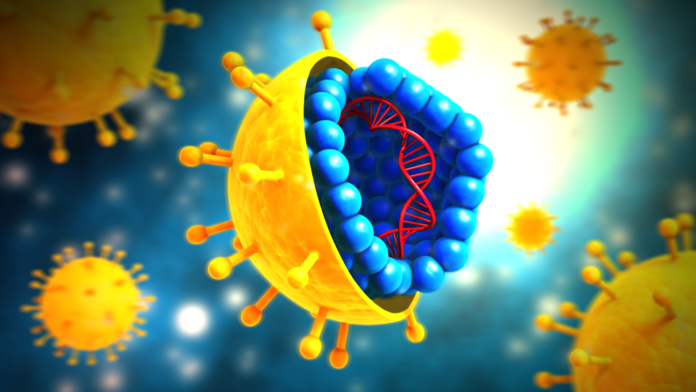The antibiotic Nosopharm has a unconventional source and a distinctive way of killing bacteria
There is a new antibiotic class on the horizon, one that could be the antidote to all the antibiotic resistance that seem to have taken over the world.
The antibiotic, first identified by Nosopharm, is unique and promising on two fronts: its unconventional source and its distinct way of killing bacteria. On both counts, it has raised hopes that it may be effective at treating drug-resistant or hard-to-treat bacterial infections.
Called odilorhabdins, or ODLs, the antibiotics are produced by symbiotic bacteria found in soil-dwelling nematode worms that colonize insects for food
Researchers the University of Illinois at Chicago and Nosopharm, a biotechnology company based in Lyon, France, are part of an international team reporting on the discovery. It is important for global health but for India that is battling drug resistance on so many fronts, including and particularly TB thanks to its lax drug laws this could be exactly what the doctor ordered. Literally.
Called odilorhabdins, or ODLs, the antibiotics are produced by symbiotic bacteria found in soil-dwelling nematode worms that colonize insects for food. The bacteria help to kill the insect and, importantly, secrete the antibiotic to keep competing bacteria away. Until now, these nematode-associated bacteria and the antibiotics they make have been largely understudied.
To identify the antibiotic, the Nosopharm research team screened 80 cultured strains of the bacteria for antimicrobial activity. They then isolated the active compounds, studied their chemical structures and engineered more potent derivatives.
The study, published in Molecular Cell, describes the new antibiotic and, for the first time, how it works.
UIC’s Alexander Mankin and Yury Polikanov are corresponding authors on the study and led the research on the antibiotic’s mechanism of action. They found that ODLs act on the ribosome — the molecular machine of individual cells that makes the proteins it needs to function — of bacterial cells.
“Like many clinically useful antibiotics, ODLs work by targeting the ribosome but ODLs are unique because they bind to a place on the ribosome that has never been used by other known antibiotics,” said Polikanov, assistant professor of biological sciences in the UIC College of Liberal Arts and Sciences.
The UIC researchers, including graduate student Tanja Florin and postdoctoral research associate Malgorzata Dobosz-Bartoszek, also found that when bound to the ribosome, the antibiotic disrupts its ability to interpret and translate genetic code.
“When ODLs are introduced to the bacterial cells, they impact the reading ability of the ribosome and cause the ribosome to make mistakes when it creates new proteins,” said Mankin, director of the Center for Biomolecular Sciences in the UIC College of Pharmacy. “This miscoding corrupts the cell with flawed proteins and causes the bacterial cell to die.”
While many antibiotics can slow bacterial growth, Mankin says antibiotics that actually kill bacteria, called bactericidal antibiotics, are rare.
In France, the Nosopharm researchers tested the ODL compounds against bacterial pathogens, including many known to develop resistance.


